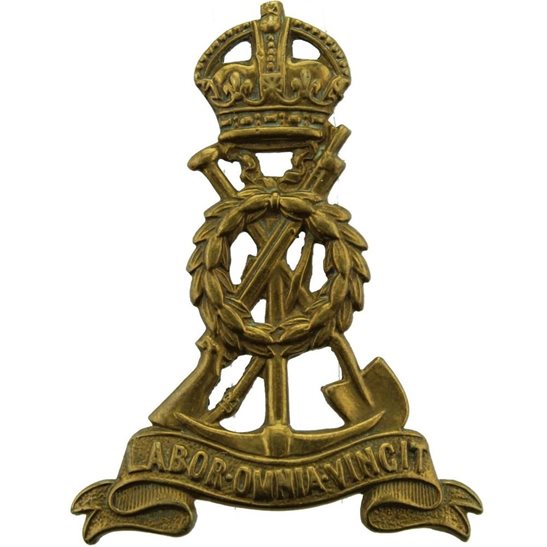Personal Details
Born: 11 April 1899 in Chelmarsh, Shropshire and baptised 25 June 1899 at Chelmarsh Parish Church.
Family: He was the fourth of five children born to George Edward Francis and his wife Henrietta, nee Beach. No marriage can be found for him.
Residence: His family were living in Chelmarsh, Shropshire in 1901, but ten years later they had moved to 8 Chemistry Road, Whitchurch. The address shown on his attestation in 1917 and on the 1919 Absent Voters’ Register was 152 Wrexham Road. By 1939 his family were living at 28 Mill Street. At the time of his death his address was 18 Sherrymill Hill, Whitchurch, Shropshire.
Employment: On his Service Records his occupation was that of a joiner, but by 1939 George was a motor mechanic.
Died: 30 May 1967 in the Cottage Hospital, Whitchurch, Shropshire, aged 68 and was buried 2 June the same year in Whitchurch cemetery.
Military Details
Regiment: Labour Corps (previously Welsh Regiment)
Rank: Private
Service Number: 567919 (previously 72979)
Date of Enlistment: 5 May 1917
Date of Discharge: 15 December 1919
Reason for Discharge: Demobilisation
George was awarded the Campaign Medals (British War Medal and Victory Medal).

The British War Medal (also known as 'Squeak') was a silver or bronze medal awarded to officers and men of the British and Imperial Forces who either entered a theatre of war or entered service overseas between 5th August 1914 and 11th November 1918 inclusive. This was later extended to services in Russia, Siberia and some other areas in 1919 and 1920. Approximately 6.5 million British War Medals were issued. Approximately 6.4 million of these were the silver versions of this medal. Around 110,000 of a bronze version were issued mainly to Chinese, Maltese and Indian Labour Corps. The front (obv or obverse) of the medal depicts the head of George V. The recipient's service number, rank, name and unit was impressed on the rim.
The Allied Victory Medal (also known as 'Wilfred') was issued by each of the allies. It was decided that each of the allies should each issue their own bronze victory medal with a similar design, similar equivalent wording and identical ribbon. The British medal was designed by W. McMillan. The front depicts a winged classical figure representing victory. Approximately 5.7 million victory medals were issued. Interestingly, eligibility for this medal was more restrictive and not everyone who received the British War Medal ('Squeak') also received the Victory Medal ('Wilfred'). However, in general, all recipients of 'Wilfred' also received 'Squeak' and all recipients of The 1914 Star or The 1914/1915 Star (also known as 'Pip') also received both 'Squeak' and 'Wilfred'. The recipient's service number, rank, name and unit was impressed on the rim.

